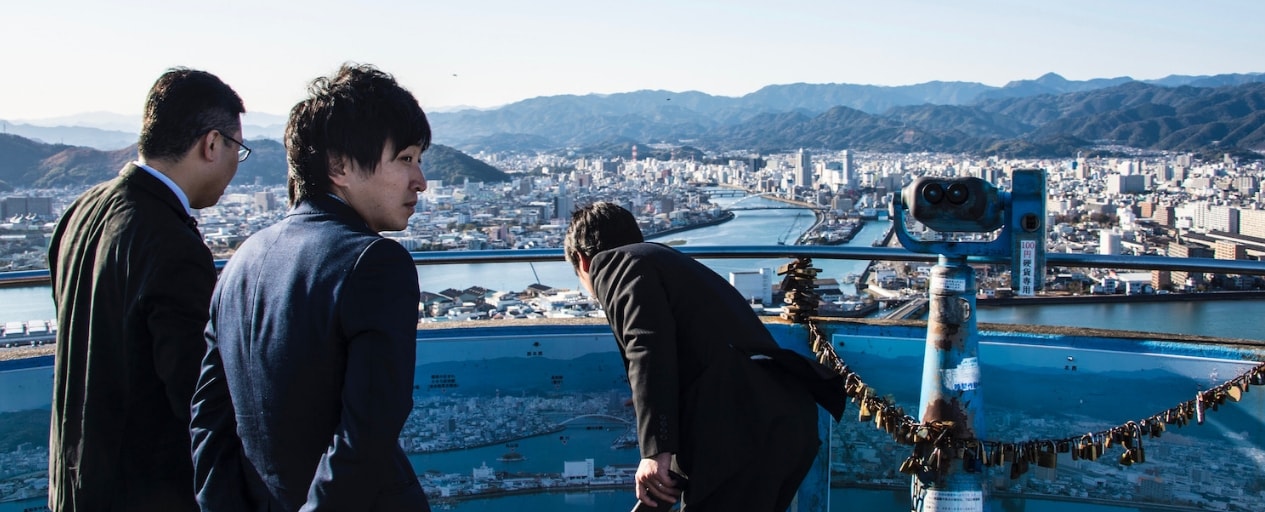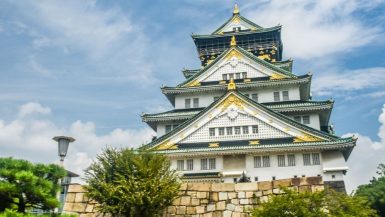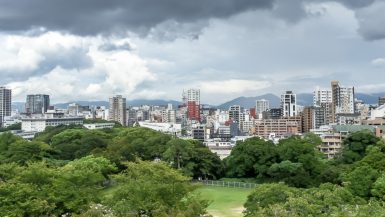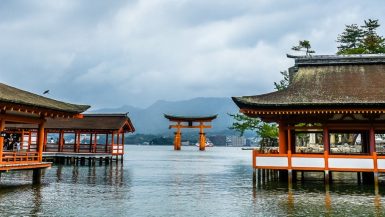When most people think of “secondary” destinations in Japan, their ideas are still rather mainstream, in the larger picture. It’s so easy to spend your entire two weeks in Japan, after all, in places like Tokyo and Kyoto. Even if you’ve got a month in Japan (or longer), adding Hiroshima, Nagano and forays to Hokkaido or Kyushu to your itinerary can occupy every day you have.
Japan’s Shikoku island is underrated as a whole, and though all its cities are special in their own way, Kochi on the southern coast hides a particularly special something. Here are a few of my favourite things to do in Kochi—I have a feeling they’ll make you want to get there before everyone else does.
Kochi Castle: A Miracle and a Marvel
Kochi Castle, which was opened in 1601 when the Tokugawa Shogunate ruled over Japan, wasn’t necessarily unique in its day. However, it’s one of only a dozen surviving feudal castles throughout Japan, which is remarkable when you consider how many Allied bombs fell on southern Japan during World War II. Meditate on this as you enjoy a panorama of the city from the castle’s keep.
After taking in the view, make sure to stop at Kochi Castle Museum, which sits at the base of the castle. Here, you can learn the history of the castle and how essential Kochi once to Imperial Japan’s geopolitical strategy, which likely seems amazing given how anonymous the city is to all but the most intrepid Japan explorers these days.
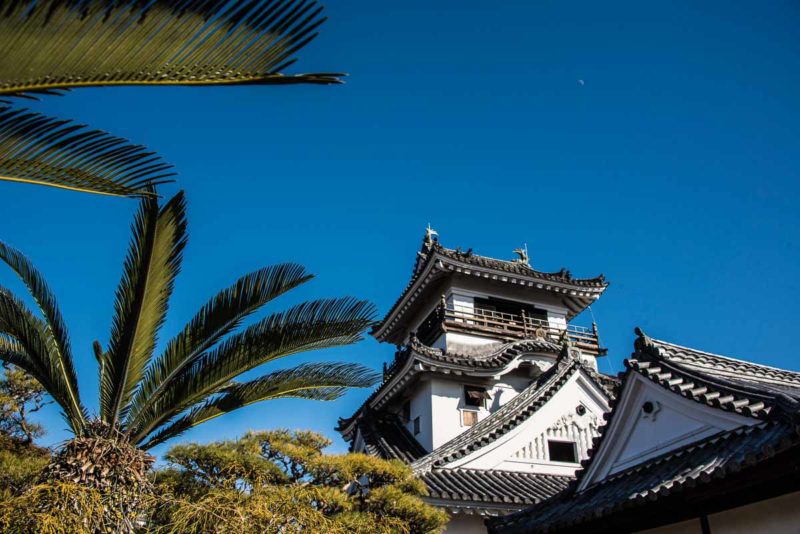
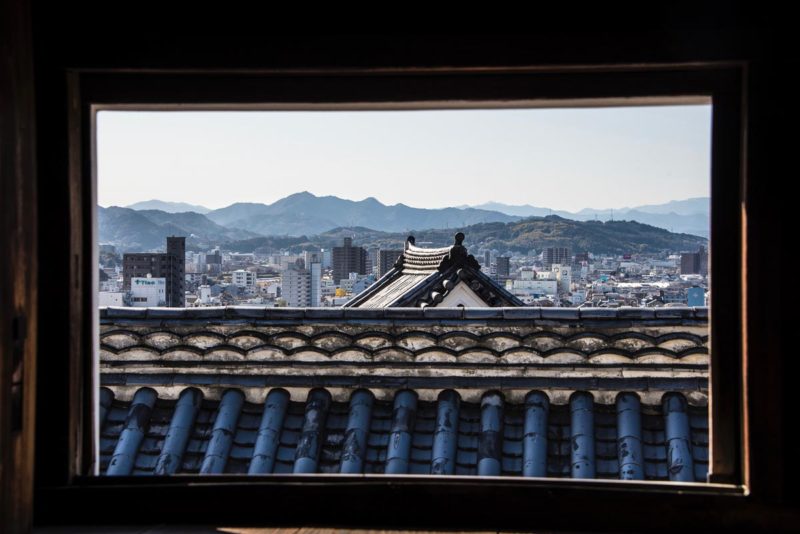
Tataki Two Ways
Kochi’s most famous culinary item is undoubtedly Bonito Tataki, which sees a tender filter of bonito fish expertly seared on the outside, and left cool to the touch inside—this technique is known as tataki. Like many Japanese foods, Bonito Tataki seems like a delicacy compared to many of the common foods in Western countries, but is accessible both in terms of its price point, as well as the variety of settings in which you can enjoy it.
The most comfortable environment in which to eat is the Hirome Night Market, which sits in the centre of the city and includes a variety of other shopping, dining and drinking options. Here, it’s not uncommon to find variants of this dish for less than ¥1,000 per serving, though some cost more depending on the size of the fish filter. Alternatively, the “nicest” place to eat Bonito Tataki in Kochi is probably Jyoseikan Hotel, whose “searing studio” you can look in on as your meal is prepared.
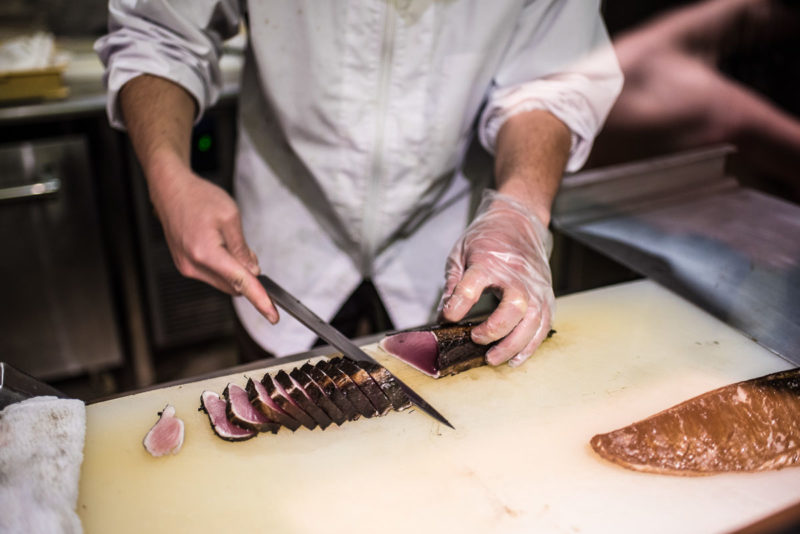
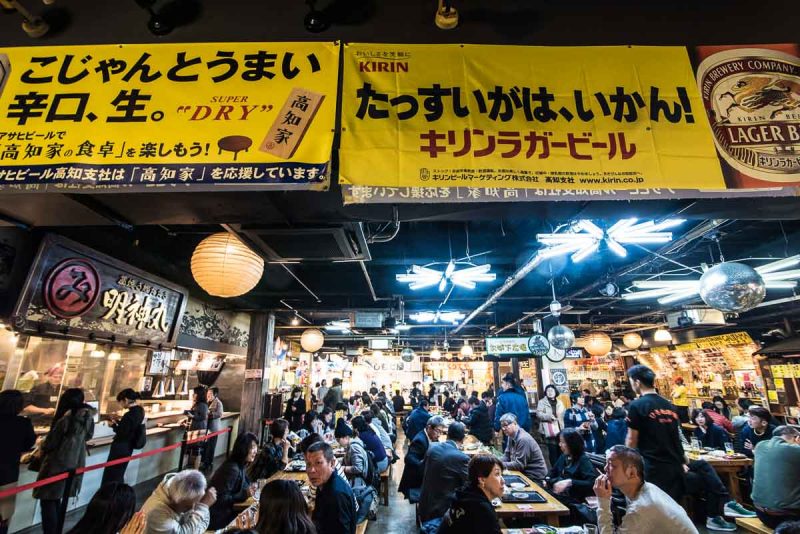
Peek in On the Pilgrimage Trail
Whether in Kochi or elsewhere, many travellers to Shikoku (especially Japanese ones) come to Japan’s most underrated island to hike part or all of its 88-temple, 1,200-km long pilgrimage trail. Chances are you’re not going to be among them, if only because this usually requires a 1-2 month time commitment, not to mention superhuman endurance.
The good news is that one of the most beautiful temples of the entire trail sits right in the heart of Kochi City. Not only is the five-tiered pagoda of Chikurin-Ji stunning, but it’s steps from one of the city’s best viewpoints. Also make note of the red, knitted caps many of the Buddha statues here wear. These were made by local women who miscarried at some point in their lives, in order to honour the spirits of the babies they lost.
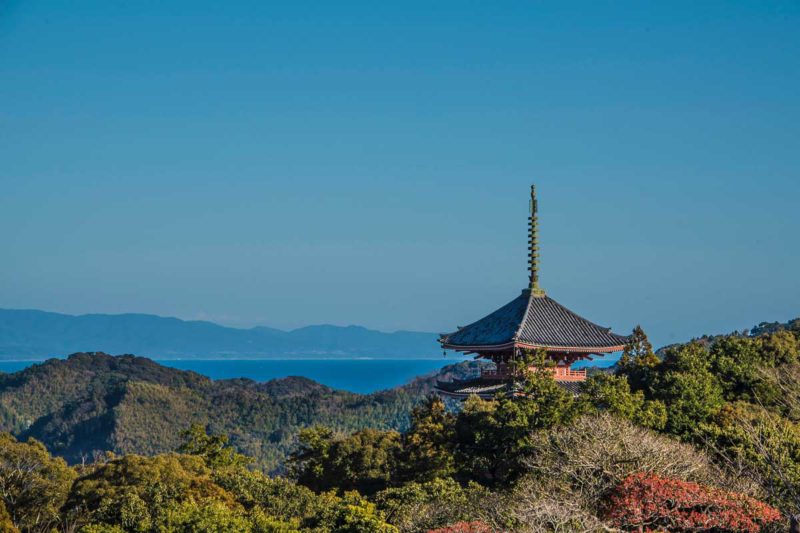
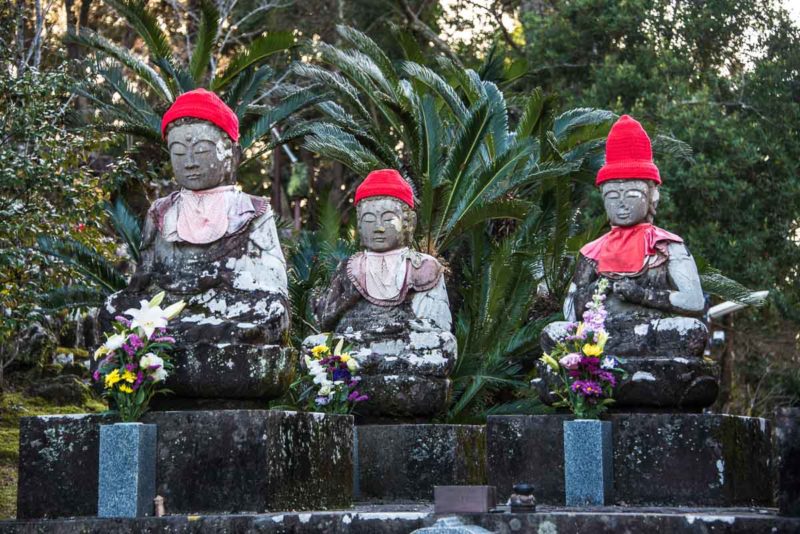
Japan’s Overlooked Oceanfront
Kochi sits basically right on the coast, but you’ll need to get a little bit outside the city centre in order to fully take advantage of this. The easiest way to do this is to get a bus to Katsurahama, whose white sands and turquoise waters might have you thinking you’re further south, in Okinawa prefecture, or perhaps not even in Japan at all.
Another aquatic activity in Kochi with which you can occupy your time is sea kayaking. The most beautiful place to do this is Cape Ashizuri, which to be fair is an hour or so from the city centre by bus. You might even consider this a day trip from Kochi, though for the purposes of this article I’m not going to do that.
A Long List of Day Trips
To be sure, when I think of day trips from Kochi, my mind goes to places far outside the city centre. Like the crystalline Shimanto River, along whose bamboo-flanked, rocky shores you can ride a traditional boat, or the castle town of Otsu, located about halfway to Matsuyama onboard a train from Kochi Station. Destinations like that.
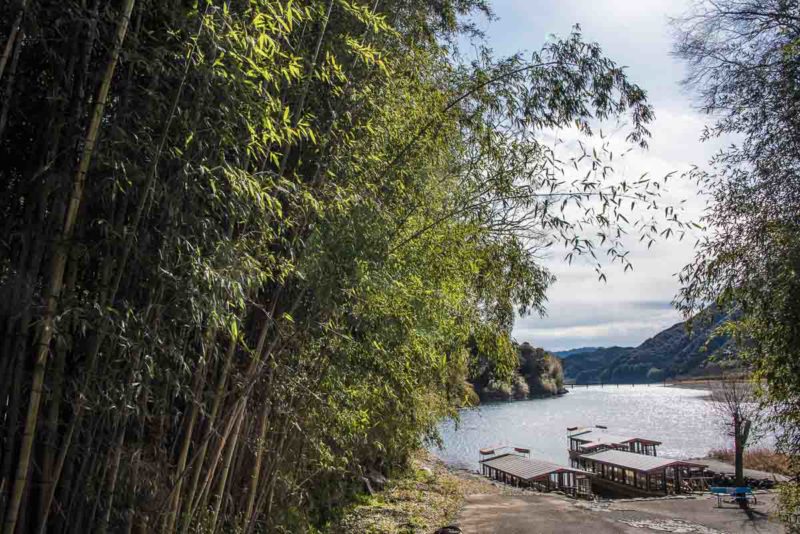
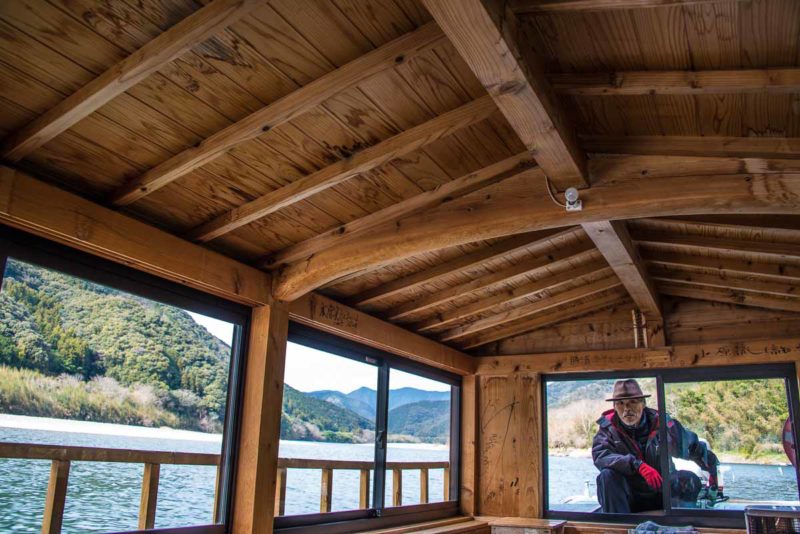
Of course, you could easily argue that everywhere in Shikoku is a day trip from Kochi, given the small size of the island. With the possible exception of the Iya Valley, whose remote location and wealth of ecotourism activities tend to require an overnight stay, you can set off most anywhere on the island of Shikoku from Kochi in the morning, and return in time for a Bonito Tataki dinner.
My top picks? Matsuyama, famous not only for its castle but also Dogo Onsen, one of the oldest public bath houses in Japan. Takamatsu, the beauty of whose Ritsurin Garden is matched only by the mysteriousness of nearby Kotohira-gu Temple. Marugame, as well-known for its own castle as for the delicious beef udon soup you can only get there. And Tokushima, where culture (the Awa-Odori “Dance of the Dead”) and nature (mysterious Naruto Whirlpools) swirl together, with mesmerizing results.
The Bottom Line
Kochi probably isn’t even on your Japan radar—and that’s precisely why it should be. Whether you enjoy the view from one of Japan’s oldest surviving castles, take a dip in an essentially secret stretch of seashore or sink your teeth into flame-seared fish flesh, Kochi will astound you precisely because you expect nothing from it. Be warned, however—a trip to Kochi will make you want to stay and explore Shikoku, so tread carefully if you haven’t got a lot of time in Japan.
This was a guest post by Robert Schrader of Japan Starts Here. Follow Japan Starts Here on Instagram, Facebook and Twitter.

